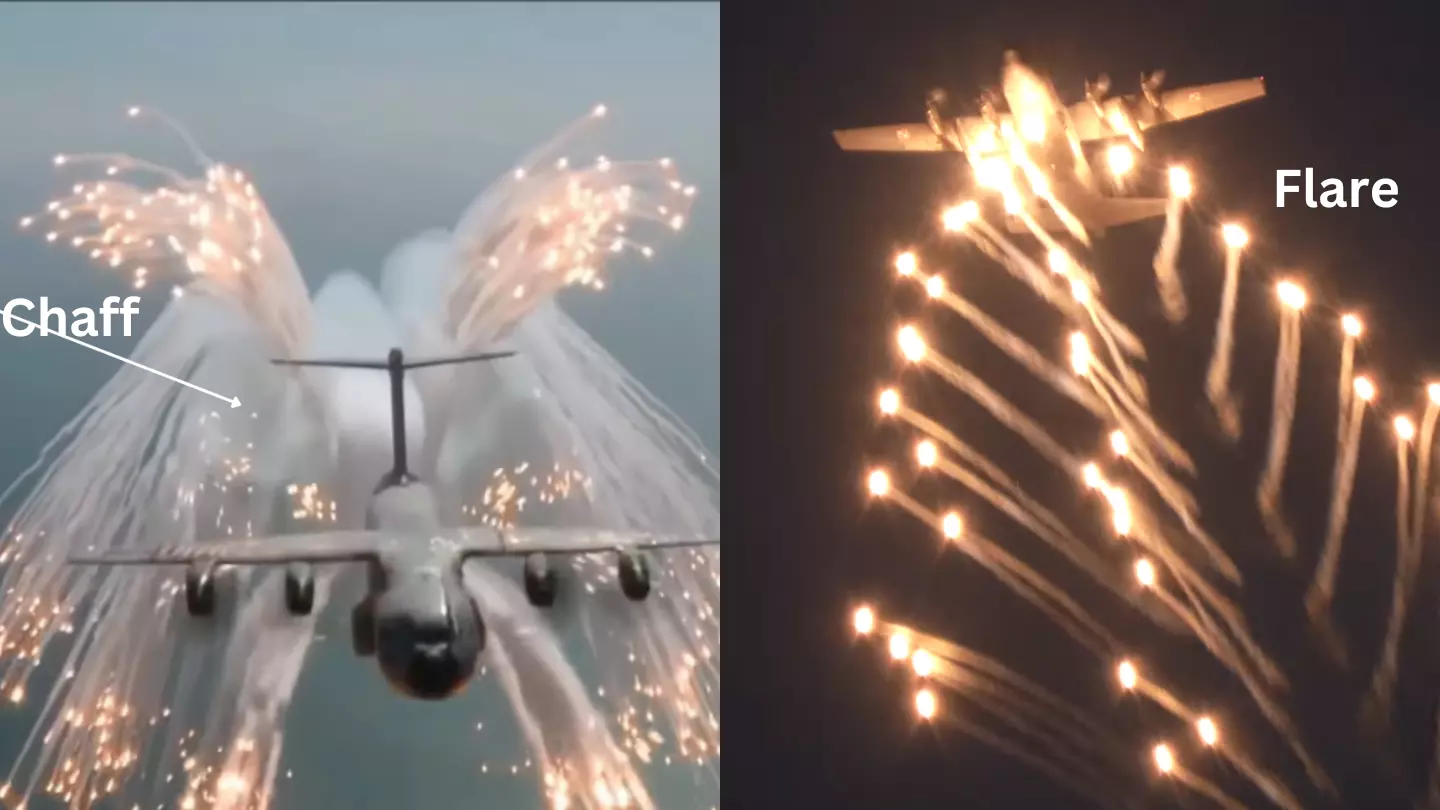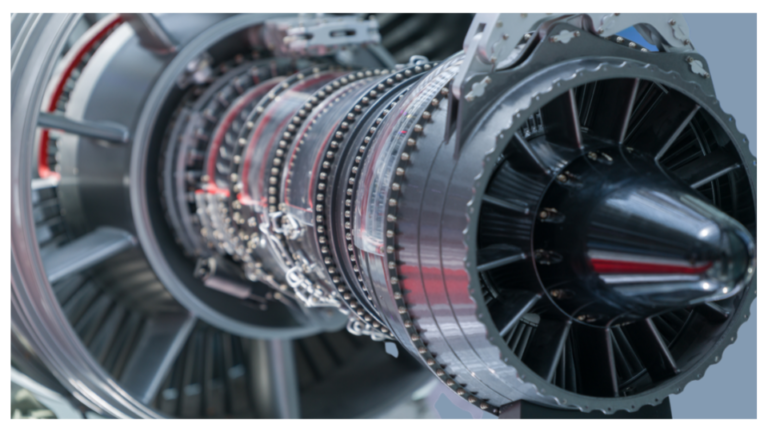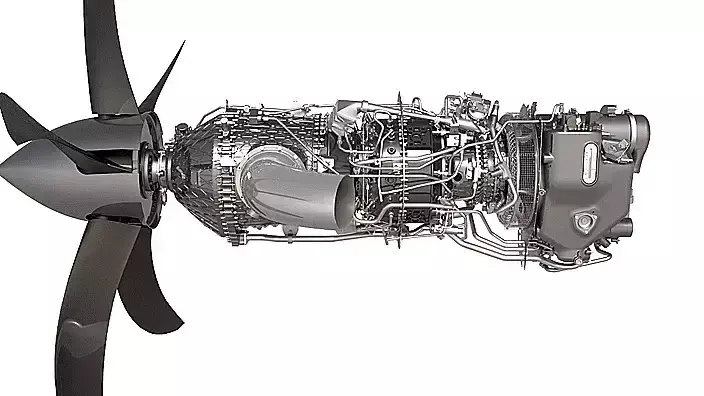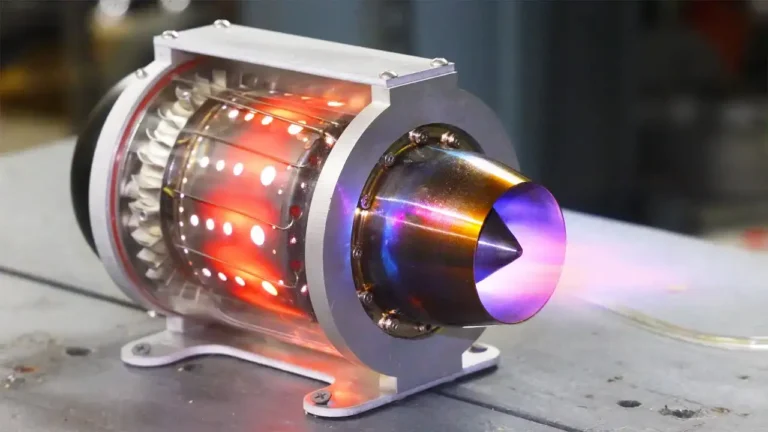Chaff Vs Flare in a Jet: Understanding the Differences
Chaff and Flare are two countermeasures used by military aircraft to evade enemy missiles. This article explains the differences between the two and how they work to protect the aircraft.
Military aircraft are constantly threatened by enemy missiles, particularly in combat situations. They are equipped with various defensive measures to counter this threat, including chaff and flare. These two countermeasures are designed to confuse enemy missiles and make them miss their target. In this article, we will explore the differences between chaff and flare and how they work to protect military aircraft.
What is Chaff?
Chaff is a defensive countermeasure used by military aircraft to confuse enemy radar-guided missiles. Chaff is made up of tiny pieces of aluminum or other materials that are released into the air when a missile threatens the aircraft.
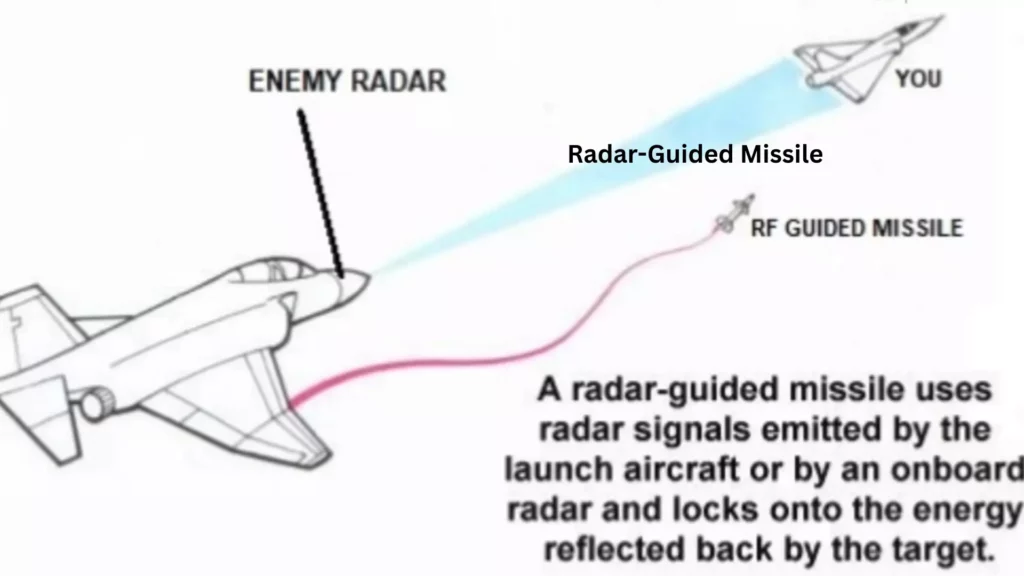
How Chaff Works?
When a radar-guided missile is fired at an aircraft, it sends out a signal that bounces off the aircraft and returns to the missile’s seeker. This signal is used to guide the missile to its target. Chaff works by creating a cloud of small, reflective particles that confuse the missile’s seeker. The missile then becomes confused and loses its lock on the aircraft, causing it to miss its target.
Types of Chaff
There are two main types of chaff: continuous wave (CW) chaff and pulsed chaff. CW chaff is used against radar-guided missiles that operate on a continuous frequency. Pulsed chaff is used against missiles that operate on a pulsed frequency.
Advantages of Chaff
Chaff is a relatively inexpensive countermeasure that is effective against radar-guided missiles. It is also lightweight and easy to deploy, making it a popular choice among military aircraft.
What is Flare?
Flare is a defensive countermeasure used by military aircraft to confuse heat-seeking missiles. Flares are small, heat-emitting objects that are launched from an aircraft when a missile threatens it.

How Flare Works?
Heat-seeking missiles are designed to track the heat signature of an aircraft’s engines. When a missile is fired, flares are launched from the aircraft to create a heat source that confuses the missile’s seeker. The missile then becomes confused and loses its lock on the aircraft, causing it to miss its target.
Types of Flares
There are two main types of flares: magnesium flares and infrared flares. Magnesium flares are used against missiles that operate on the visible spectrum. Infrared flares are used against missiles that operate on the infrared spectrum.
Advantages of Flares
Flares are effective against heat-seeking missiles and are a valuable addition to an aircraft’s defensive arsenal. They are also relatively inexpensive and easy to deploy.
Differences between Chaff and Flare
The main difference between chaff and flare is their function. Chaff is used to confuse radar-guided missiles, while flare is used to confuse heat-seeking missiles.
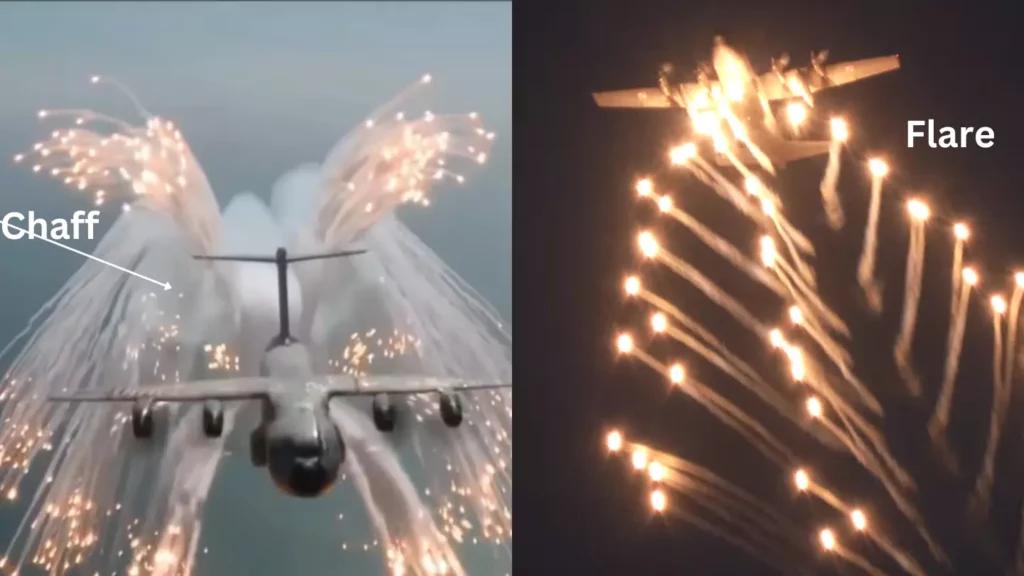
Chaff is made up of tiny pieces of reflective material, while flares are small, heat-emitting objects.
Chaff is released into the air when a missile threatens an aircraft, while flares are launched from the aircraft.
Chaff is effective against radar-guided missiles, while flares are effective against heat-seeking missiles.
Chaff is relatively inexpensive and easy to deploy, while flares can be more expensive and require more effective training.
Chaff and Flare in Action
- During the Gulf War, US military aircraft used chaff and flares to evade Iraqi missiles. The use of these countermeasures was successful in protecting the aircraft and minimizing casualties.
- During Operation Enduring Freedom in Afghanistan, US military aircraft used chaff and flares to evade Taliban missiles. The use of these countermeasures was once again successful in protecting the aircraft and minimizing casualties.
- During the Syrian Civil War, Russian military aircraft used chaff and flares to evade rebel missiles. The use of these countermeasures was successful in protecting the aircraft and allowing the Russian military to carry out their missions.
Conclusion
Summary of Differences between Chaff and Flare: Chaff and flare are two important countermeasures used by military aircraft to evade enemy missiles. Chaff is effective against radar-guided missiles, while the flare is effective against heat-seeking missiles. Chaff is made up of reflective material, while flare emits heat. Chaff is released into the air, while flares are launched from the aircraft.
Importance of Chaff and Flare in Military Aircraft: Chaff and flare are important defensive measures that can protect military aircraft and minimize casualties. They are relatively inexpensive and easy to deploy, making them a popular choice among military aircraft.
Future Developments in Chaff and Flare Technology: As technology continues to advance, new developments in chaff and flare technology are expected. These developments may include more advanced materials for chaff and improvements in flare technology to make them more effective against advanced heat-seeking missiles.
In conclusion, chaff and flare are two countermeasures used by military aircraft to evade enemy missiles. While they have some similarities, they also have significant differences in function, composition, deployment, effectiveness, and cost. Understanding these differences is essential for pilots and military personnel to make informed decisions when selecting defensive measures for their aircraft. With new advancements in technology, chaff, and flare will likely continue to be an essential part of military aircraft defense for years to come.

